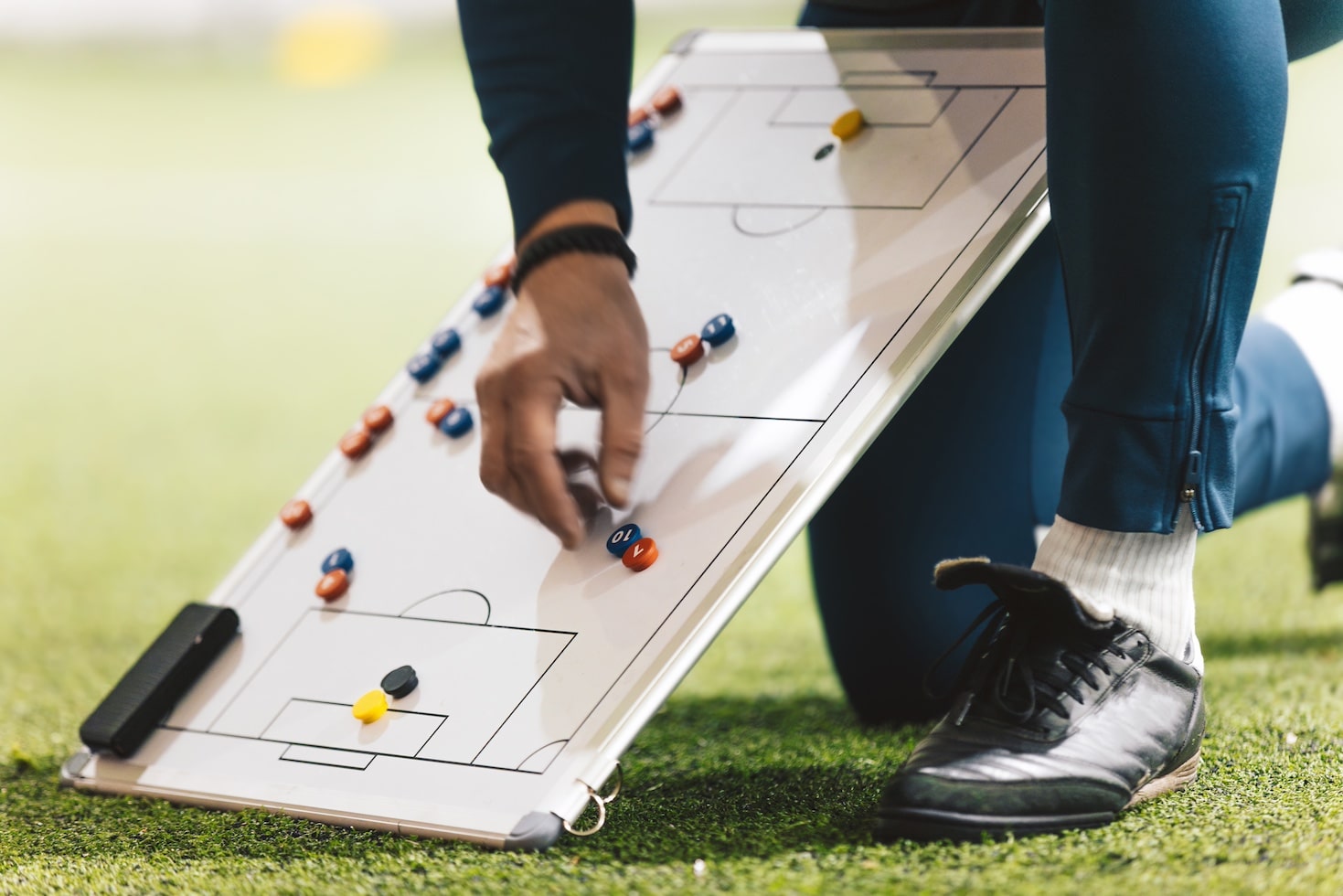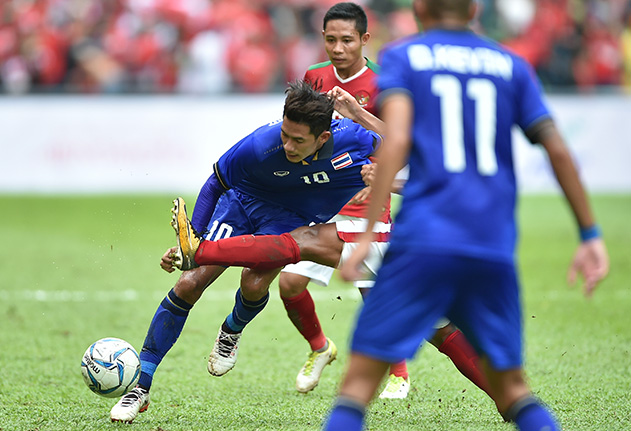Here’s how you can approach coaching dribbling to youth players:
1. Teach the Basics First:
- Close Control: Focus on keeping the ball close to their feet using small, controlled touches. Demonstrate how the inside, outside, and sole of the foot can be used to manipulate the ball.
- Body Position: Show players how to slightly bend their knees, lean forward, and stay balanced to maintain control over the ball.
- Head Up: Encourage players to glance up regularly while dribbling to scan the field and be aware of their surroundings, improving decision-making.
- Use Both Feet: Emphasize the importance of using both feet to dribble. Practice dribbling in figure-eights or between cones using both the left and right foot to build comfort and balance.
2. Demonstrate Dribbling Techniques:
- Inside-Outside Touches: Players should practice alternating touches between the inside and outside of their foot. This helps them maintain control while changing direction quickly.
- Toe-Touches: Have players perform rapid toe-touches on the ball to improve foot speed and ball control.
- Rolls and Pull-Backs: Teach players to roll the ball with the sole of their foot and pull it back to change direction or avoid defenders.
- Scissors and Feints: Introduce basic feints like the scissors move (where the foot steps over the ball) to develop creativity and deception when dribbling past opponents.
3. Small-Sided Games and Drills:
- 1v1 Dribbling Challenges: Set up small areas where players can compete 1v1. Encourage attackers to use dribbling moves to beat the defender and defenders to stay low and track the ball.
- Obstacle Courses: Create dribbling courses with cones or markers that players have to navigate through, focusing on close control and quick changes of direction.
- Gates Drill: Place pairs of cones around the field (forming “gates”). Players must dribble through as many gates as possible within a set time limit, focusing on changing direction and keeping control.
4. Incorporate Contextual Dribbling:
- Dribbling with Pressure: Introduce defenders after players are comfortable with basic techniques. Start with passive defenders who give light pressure, then increase the intensity as players progress.
- Dribbling in Game-Like Situations: Set up small-sided games (2v2, 3v3) where dribbling is encouraged. Players should learn when to dribble and when to pass, emphasizing decision-making.
- Shielding: Teach players how to protect the ball with their body while dribbling. Demonstrate how to use the non-dribbling arm to shield the ball from opponents.
5. Encourage Creativity:
- Give players the freedom to try new dribbling moves in practice without fear of mistakes.
- Praise their efforts even if the move doesn’t work perfectly, focusing on encouraging self-expression and learning.
6. Provide Technique-Specific Feedback:
- Positive Reinforcement: Celebrate when players keep their heads up, maintain close control, or successfully beat a defender with a dribble.
- Correction: Gently correct players when they use heavy touches or fail to shield the ball properly. Show them the proper way to adjust their body to improve.
7. Adjust Drills Based on Ability:
- For Beginners: Focus on basic ball control, moving the ball with the inside and outside of the foot in a non-pressured environment.
- For Intermediate Players: Introduce dribbling moves and challenge them with 1v1 or 2v2 drills where they have to beat a defender.
- For Advanced Players: Use high-pressure drills and demand faster decision-making, such as dribbling in tight spaces or playing in small-sided games where dribbling can lead to scoring opportunities.
8. Motivate Through Fun and Competition:
- Games like King of the Ring: Players try to knock each other’s ball out of a designated area while keeping control of their own. This improves shielding and ball control in tight spaces.
- Dribbling Relays: Organize fun races where players dribble through a course and return to their team. This brings excitement while practicing dribbling under speed.
9. Emphasize the Mental Aspect:
- Confidence: Help players understand that dribbling requires confidence. Encourage them to take risks and learn from mistakes.
- Decision-Making: Teach players when it’s appropriate to dribble (e.g., when in a 1v1 situation or when there’s space) and when to pass or shoot.
10. Review and Reflect:
- At the end of a session, discuss with players what worked and what didn’t. Encourage them to reflect on how they felt while dribbling and where they can improve.
Key Takeaways:
- Dribbling builds ball mastery, decision-making, and confidence.
- It’s not just about fancy moves; control, awareness, and shielding are crucial.
- Make drills engaging, competitive, and relevant to game situations to keep players motivated.


Improve Your GameJust 1.99 p/m
Exclusive drills and sessions, get involved today!
- 100’s of Drills
- Coach to Camera Videos
- Sessions from Pro’s
- Industry Leading Advice
By teaching these concepts progressively and emphasizing creativity alongside technique, you’ll foster a generation of confident, skillful dribblers.




Cupello
Rethinking soccer coaching via our industry leading tools. Built to offer effective coaching development solutions for players and coaches of all levels.